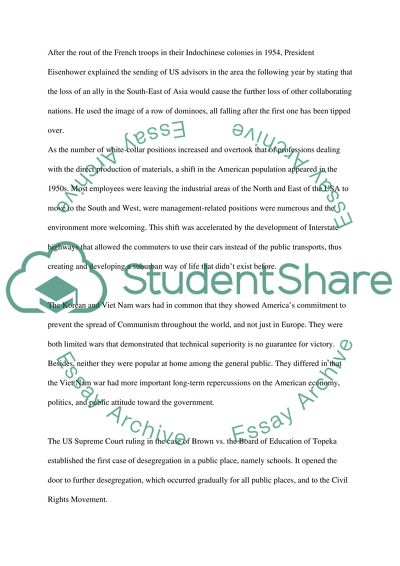Cite this document
(“Analysis of Truman's Fair Deal Literature review”, n.d.)
Analysis of Truman's Fair Deal Literature review. Retrieved from https://studentshare.org/history/1499438-american-history-college-essay
Analysis of Truman's Fair Deal Literature review. Retrieved from https://studentshare.org/history/1499438-american-history-college-essay
(Analysis of Truman'S Fair Deal Literature Review)
Analysis of Truman'S Fair Deal Literature Review. https://studentshare.org/history/1499438-american-history-college-essay.
Analysis of Truman'S Fair Deal Literature Review. https://studentshare.org/history/1499438-american-history-college-essay.
“Analysis of Truman'S Fair Deal Literature Review”, n.d. https://studentshare.org/history/1499438-american-history-college-essay.


